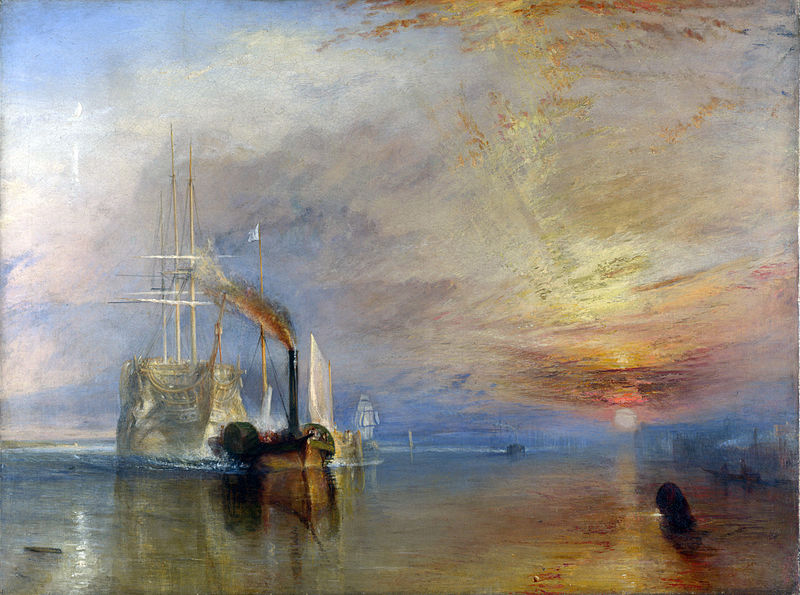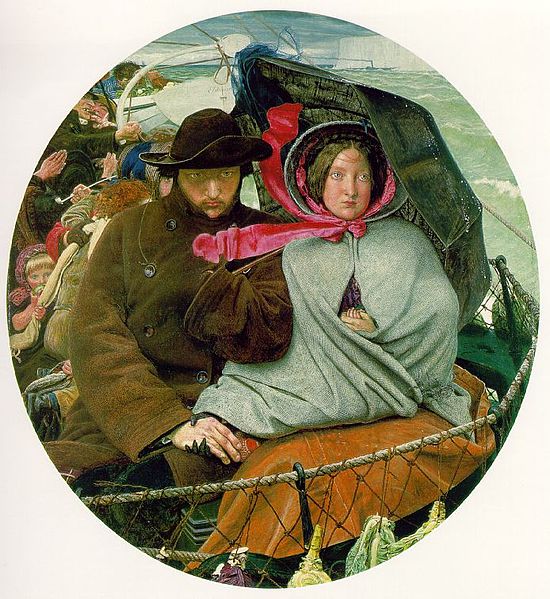Appreciating our artistic heritage through history.
One of my favourite resources to use in the History classroom is the visual image. I simple love using images in general and paintings in particular. It never ceases to astound me how well students respond to well chosen paintings and how, if used in the correct way, they can appreciate the image and unlock some really difficult messages.
I have to thank Alec Fisher here for introducing me to so many great artists from the past.
I think that it is our duty to help kids appreciate and understand art – not only is this helping develop their love of learning but it also introduces kids to our rich cultural heritage. Your SLT might even thank-you for making a brilliant contribution to the SMSC Ofsted agenda – (SMSC stands for Spiritual, Moral, Social, Cultural development).
Equally importantly, paintings are accessible to all as there are no literacy issues to overcome.
So what images should we use to help give our kids the keys to this particular kingdom?
…
 The answer to what works is: anything that is interesting to you and relevant to the topic. A couple of my favourites are from the Industrial period, J. M. W. Turner’s The Fighting Temeraire tugged to her last berth to be broken up (as seen above) and his Rain, Steam and Speed – The Great Western Railway.
The answer to what works is: anything that is interesting to you and relevant to the topic. A couple of my favourites are from the Industrial period, J. M. W. Turner’s The Fighting Temeraire tugged to her last berth to be broken up (as seen above) and his Rain, Steam and Speed – The Great Western Railway.
Both of these paintings are visually beautiful and really atmospheric. They appear to show that Turner was really interested in historical change. After all they both show how the ‘old’ is being replaced by the ‘new’. They also seem to hint to us how he felt about the massive changes that were going on during the Industrial period.
If you want more ideas about how to use these two images to create an overview then read this article.
Another favourite of mine is Ford Madox Brown. His work is so full of British society in the mid-nineteenth century it is really worth a look. There is a great web resource (designed for Key Stage 2 but I don’t think that matters) developed by the Manchester Art Gallery which is worth checking out.
Madox Brown’s painting The Last of England (see below) is equally brilliant. I was lucky enough to attend an inset where Michael Riley helped us look really closely at this image and suggested that it could be used as a starting point for a depth study on migration to and from the UK. Michael even got us to notice the cabbages hanging on the front of the boat as well as the baby being kept warm underneath the wife’s coat. We noticed how the two main characters in the image might be feeling as they left Britain.
For the French Revolution I simply love David’s The Death of Marat. Alec Fisher, mentioned above, created an amazing enquiry which compared this painting with Renaissance works depicting Jesus being taken from the cross – he then went on to get the kids to see if the David’s painting of the scene was an accurate depiction. The class compared the work with different sources. Finally they summed up their understanding by creating and recording their own audio guide – brilliant!
You can download this fab lesson here.
The great thing about nearly all of these images is that they are just a couple of mouse clicks away …



